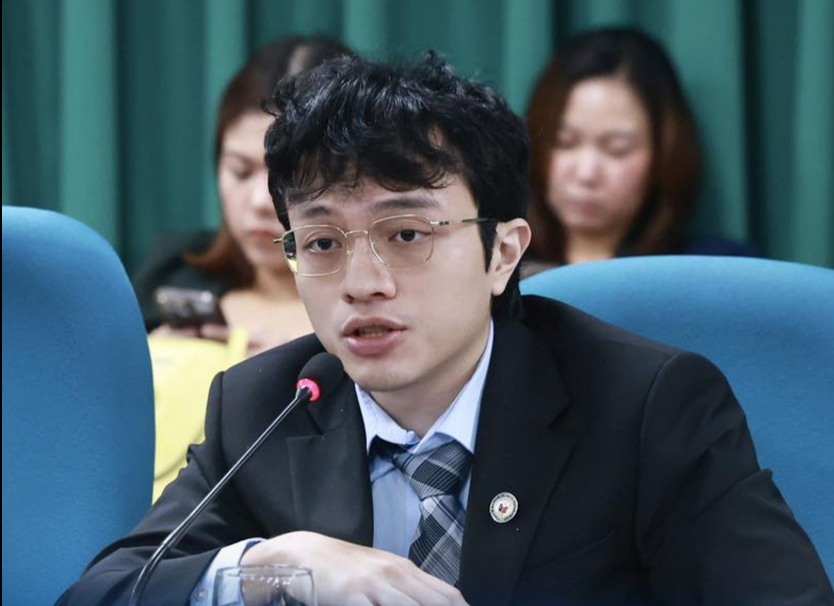The Department of Information and Communications Technology (DICT) recently raised alarms about IMSI catchers—sophisticated devices that mimic legitimate cell towers to intercept mobile phone signals. IMSI, or International Mobile Subscriber Identity, is a unique number assigned to every mobile network user, and these IMSI catchers exploit it to track a device’s location, intercept calls, and even eavesdrop on messages. DICT Secretary Ivan Uy even warned the public to be vigilant, citing suspicious individuals carrying backpacks or vehicles circling an area as potential threats. While this warning is appreciated, it raises an even more pressing question: What good is a cybersecurity effort that targets signal interception when vast parts of the Philippines barely even have a mobile signal to begin with?
Let’s not pretend that the DICT has successfully built a reliable digital infrastructure. LTE and mobile data remain weak in many provinces, if not completely unavailable. Before we even discuss the danger of IMSI catchers, shouldn’t the focus be on ensuring that Filipinos actually have stable internet and mobile connectivity in the first place? The reality is that large portions of the country still struggle with poor or nonexistent mobile service, which makes these “advanced” cybersecurity threats seem almost secondary compared to the fundamental issue of accessibility.
Another glaring issue is the still-flawed implementation of the SIM registration law. This was supposed to curb text scams, yet reports show that scammers have found loopholes in the system. The existence of fake or fraudulently registered SIMs continues to be a problem, proving that the program is far from foolproof. If scammers can still operate freely, how can we trust that our cybersecurity measures are working? The DICT needs to refine this system to ensure that it actually protects consumers rather than just serving as another bureaucratic hurdle.
Cybersecurity isn’t just about installing signal jammers or warning people about IMSI catchers. A true cybersecurity strategy must include public awareness and education. Many Filipinos are still unaware of how they can protect their data, secure their identities, and prevent cyber threats. Without proper information campaigns and training, even the best security measures will fail because people simply won’t know how to use them effectively.
But beyond these concerns, there is an even bigger problem that the Philippine government continues to ignore: its failure to attract the world’s biggest tech companies to invest in the country. Instead of positioning the Philippines as a key player in the digital economy, our government’s inefficiencies have made us an unattractive choice for tech giants looking to expand in Southeast Asia. Vietnam, Indonesia, and Malaysia have all successfully attracted major investments from Google, Apple, Microsoft, and Tesla—while the Philippines is left struggling with outdated systems and uninspired digital policies.
These multinational corporations prefer to invest in countries with clear policies, stable infrastructure, and a strong commitment to technological progress—three things the Philippines still lacks. If the government were serious about making the country a digital powerhouse, it would actively court these companies, offering incentives and ensuring that red tape does not discourage them from setting up operations here. Instead, we continue to watch as our ASEAN neighbors surge ahead, securing billions in foreign investments while our economy stagnates.
Suppose the DICT and the Philippine government truly want a secure, connected, and modern digital landscape. In that case, they must stop focusing on band-aid solutions like warning people about IMSI catchers. The real priority should be building a strong, tech-driven economy, backed by high-speed internet, effective cybersecurity policies, and investments from the world’s biggest technology firms. The failure to do this will only widen the gap between the Philippines and the rest of Southeast Asia, leaving us struggling in digital mediocrity while our neighbors move toward the future.
——————–
Rafael “Raffy” Gutierrez is a veteran Technology Trainer with over 25 years of experience in networking, systems design, and diverse computer technologies.




